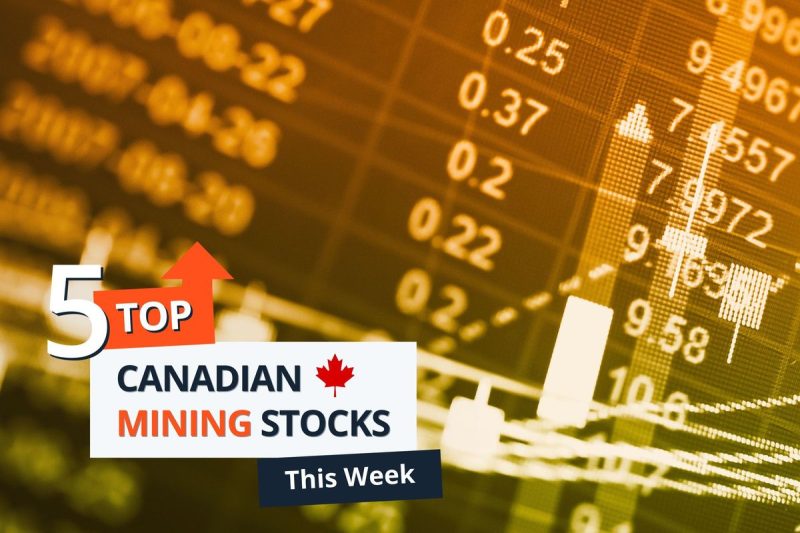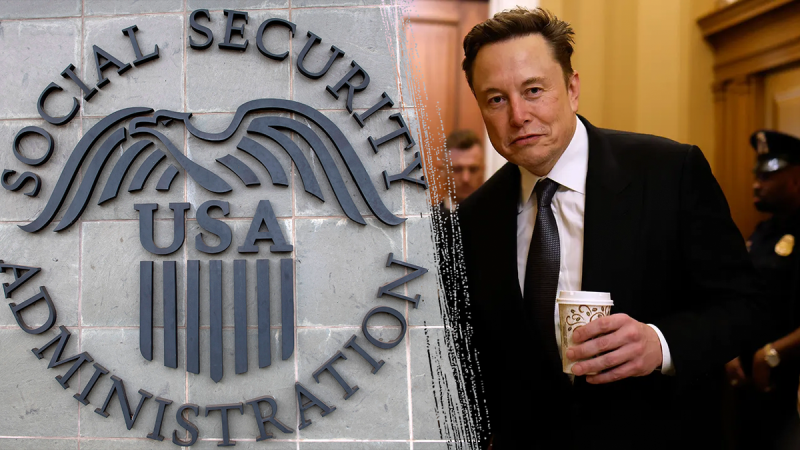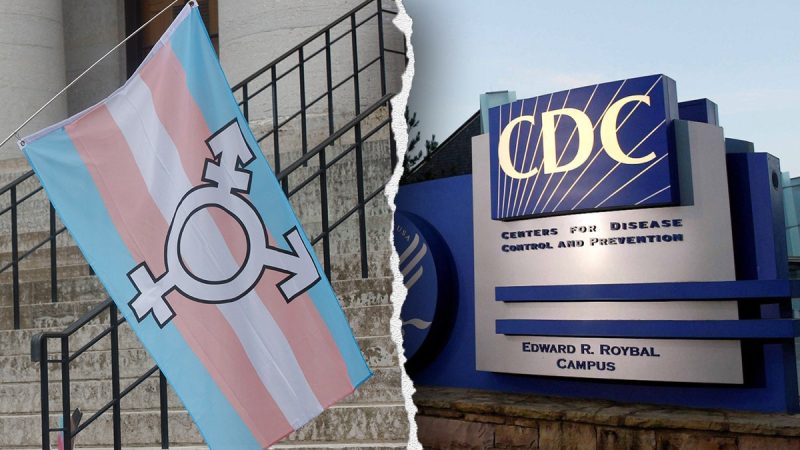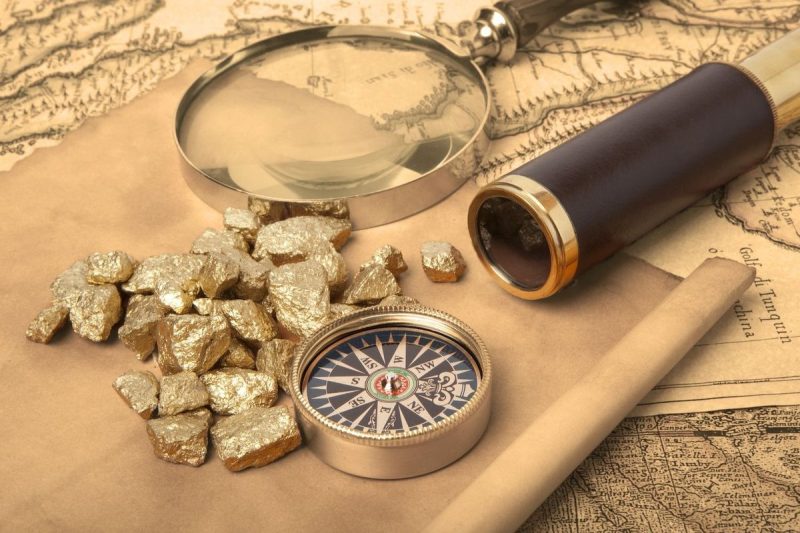
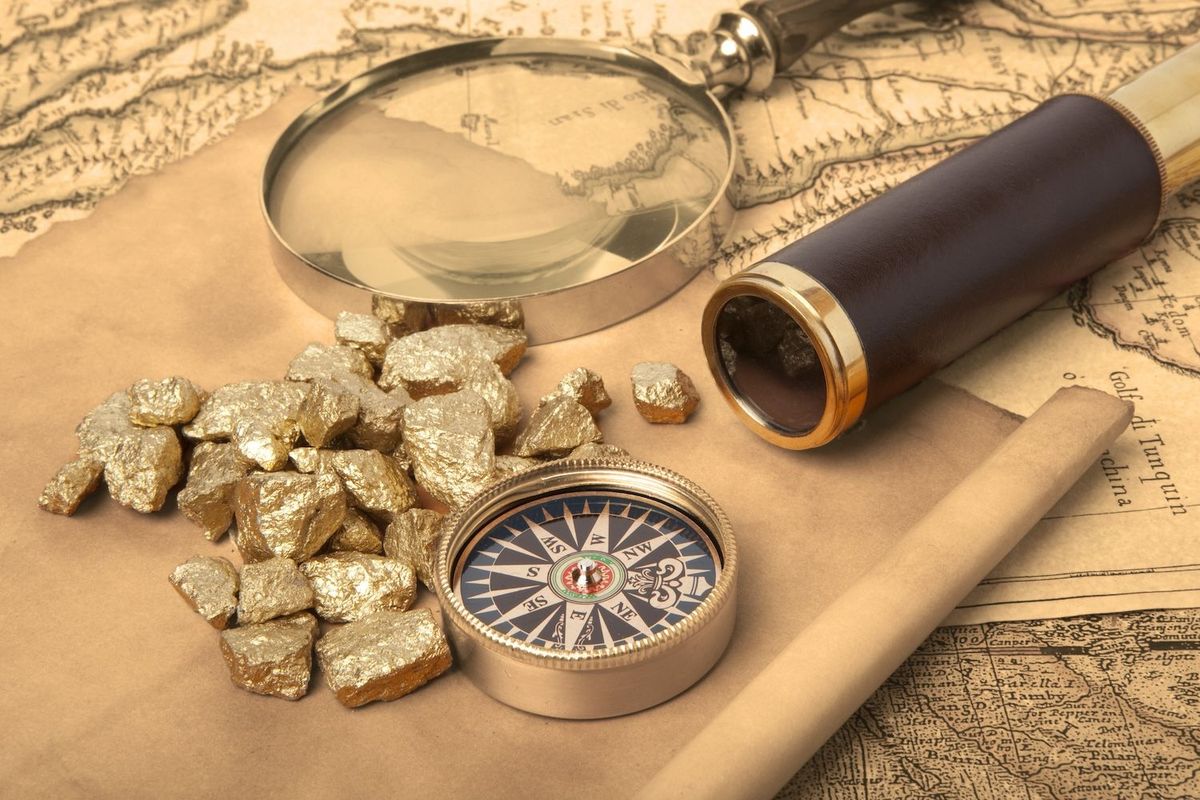
Chris Taylor, known for his success at Great Bear Resources, is now turning his attention to France.
Taylor has been appointed CEO of Aquitaine Metals, a Vancouver-based company focused on gold and antimony exploration in the Limousin Mining District, a historically significant mining region in Southwest France.
With a Phase 1 drill program set to begin in early 2025, Aquitaine Metals is looking to confirm historical high-grade gold zones and assess the antimony potential at its 100 percent owned Limousin project.
Under Taylor, Great Bear made a district-scale gold discovery at what was then known as the Dixie project in Red Lake, Ontario. The find led to the company’s C$1.8 billion acquisition by Kinross Gold (TSX:K,NYSE:KGC) in 2022.
He’s now bringing his experience to Europe, where France is seeking to revive its domestic mining sector.
Gold and antimony potential at Limousin
‘I was looking for something big,’ he explained during the conversation. “Great Bear was a great success story, and … if I was going to charge back into the fray and sit in the CEO chair again, I wanted to have something that would be significant — a significant project of size, something with clear tier-one potential.’
The Limousin project is located in Nouvelle-Aquitaine, about 40 kilometers south of Limoges. The area is known for its historical gold and antimony production, with mining activity dating back to 500 BCE.
The region hosts more than 900 ancient mining sites, indicating a long history of extraction.
Aquitaine Metals has access to a large historical database that includes a wide array of information, such as 222,000 meters of drilling, as well as over 66,000 drill core and 60,000 operational grade control assays.
Watch Taylor discuss Aquitaine Metals’ plans.
“It is the best potential gold project I have ever seen in a very, very long time — if not ever,” Taylor remarked.
Aquitaine Metals’ Phase 1 drill program will target high-grade gold zones at the Laurieras and Moulin de Cheni mines, focusing on the Pierrepinet and Douillac ore zones. The company aims to verify historical datasets and assess the economic viability of both gold and antimony extraction at the site.
Antimony, which often occurs alongside gold in stibnite form, is a critical mineral used in military applications, fire retardants and high-tech optics. With supply chains increasingly under scrutiny, the EU has identified antimony as a strategic raw material due to its economic importance and supply risks.
France’s mining industry revival
France has historically been a significant mining jurisdiction, with gold, silver and base metals extraction dating back to the Roman era. The Limousin Mining District has been one of the country’s primary gold-producing regions, with commercial mining activity continuing into the 20th century.
However, declining commodities prices and regulatory hurdles led to the closure of many operations.
Taylor explained that despite the country’s mining slowdown in the past century, its historical background in the space makes it a strong candidate for a production renaissance.
“Currently, there’s no real mining industry in France, but it is something that the government and the EU are very eager to get going again, because of the recent geopolitical changes,’ he said.
In recent years, Europe’s push for raw materials security has led France to reconsider its approach to domestic mining. The government has expressed support for projects that align with strategic resource independence, particularly in critical minerals like antimony. Moreover, the country has recently taken steps to streamline permitting and support domestic resource development to reduce reliance on foreign mineral imports.
In 2023, the French government implemented new policies to revive domestic mining and accelerate green energy projects, including plans to revive copper mining and fast track lithium and geothermal energy projects to reduce import dependency and meet climate targets. France, like other European nations, is increasingly viewing critical minerals as a matter of national security amid global geopolitical tensions and rising competition for resources.
As part of these efforts, France is considering cutting the permitting process in half for mining, geothermal energy and carbon dioxide storage projects. The country is also exploring the use of depleted oil and gas wells for carbon storage.
These policy shifts signal a broader commitment to revitalizing the country’s domestic resource sector — a trend that could benefit Aquitaine Metals and other companies seeking to develop new mining projects.
Next steps for Aquitaine Metals
With Taylor at the helm, Aquitaine Metals is preparing to begin drilling in early 2025.
As mentioned, the company’s strategy is to confirm high-grade mineralization identified in historical records and expand its understanding of the Limousin project’s gold and antimony potential.
If successful, the project could play a role in France’s broader efforts to establish a domestic mining industry capable of supporting both local and European demand for critical minerals.
For Taylor, this marks a new chapter — one that builds on his previous success in Canada, while bringing modern exploration methods to one of Europe’s most historically significant mining regions.
Securities Disclosure: I, Giann Liguid, hold no direct investment interest in any company mentioned in this article.



